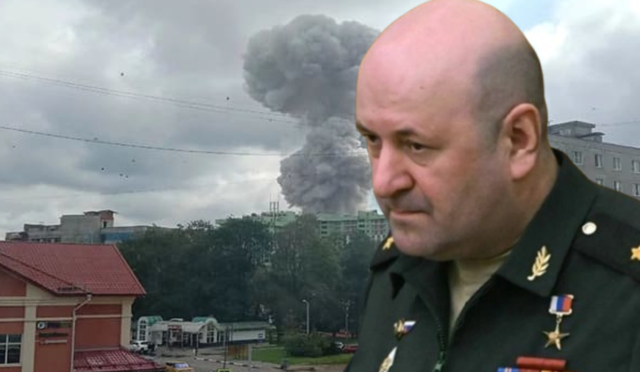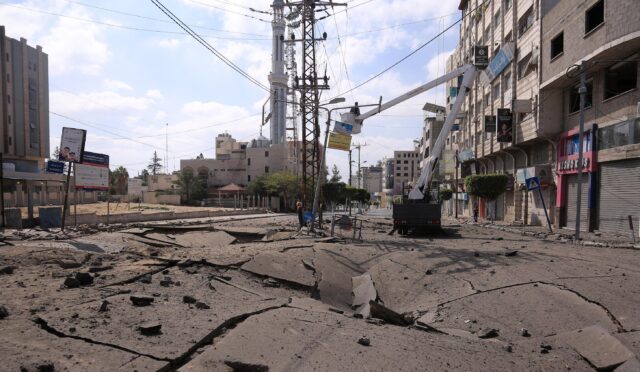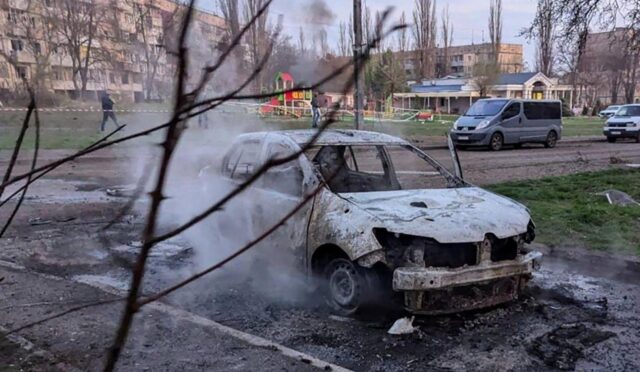Indian-Made Components Found in Russian Weapons
In a significant development, Kyiv’s intelligence agency (HUR) has identified an Indian-made component in a captured Russian weapon system for the first time since Russia’s invasion of Ukraine in 2022. This revelation highlights Moscow’s ongoing attempts to bypass international sanctions imposed by Western nations. The specific component discovered is a clock buffer manufactured by Bengaluru-based Aura Semiconductor, which was part of an extensive analysis of nearly 200 newly identified components from six different types of Russian weapon systems seized on the battlefield.
Clock buffers are essential devices used for synchronizing electronic signals in sophisticated systems, making them critical for military applications. They enhance the performance of weapons that require precision, particularly those dependent on high-speed data processing. Such components are typically found in a variety of military systems, including guidance navigation systems, drones, electronic warfare technologies, and radar systems.
Bypassing Sanctions: A Strategic Move
The integration of Indian technology into Russian weaponry is indicative of Moscow’s strategies to circumvent stringent international sanctions. Nations like the United States, United Kingdom, and the European Union have imposed crippling sanctions targeting several critical sectors such as defense, energy, and finance. These measures are designed to weaken Russia’s economy and restrict its access to advanced technologies, foreign investments, and international markets.
By May 2022, three months into the conflict, U.S. defense officials observed that these sanctions were already affecting Russia’s arms industry. Reports indicated that Moscow had begun looking to source weaponry from North Korea to offset depleted stockpiles, further emphasizing the impact of international economic pressures.
Foreign Components in Russian Military Hardware
The discovery of Indian-made components is not the sole instance of foreign technology being integrated into Russian military machinery. Recent assessments have revealed that Russian weapons systems also contain key parts sourced from several countries, including the United States, China, France, Germany, and other European Union nations. This trend underscores the complexity of global supply chains in defense manufacturing.
As sanctions continue to bite, Russia’s reliance on foreign components may grow, raising concerns about the potential military capabilities of its weapon systems. Expert analysis suggests that the reliance on such international technology could complicate security dynamics further, especially as nations monitor the effectiveness of sanctions.







